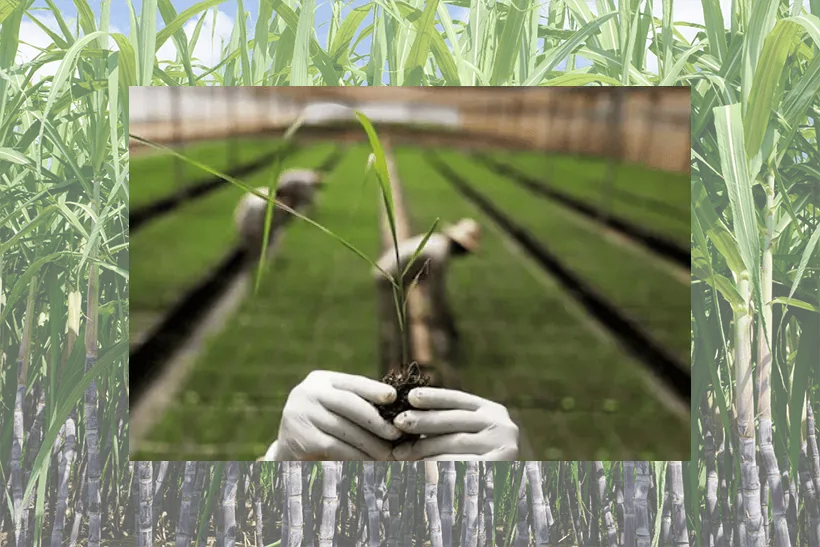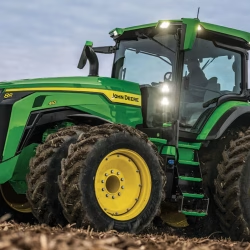The Centro de Tecnologia Canavieira (CTC) in Brazil is on the verge of launching the next step in technological advancement in this sector: the cane seed.
With 80% of its development completed, this is one of the main research projects by the Brazilian company, which has investigated this crop for nearly 60 years.
CTC has invested 300 million euros in research to double crop productivity in Brazil
“The seed is completely disruptive. It will reinvent the propagation of cane cultivars, as well as the planting and renewal of sugarcane fields”, says Silvia Yokoyama, director of Regulatory and Government Affairs at CTC.
Planting like grains
Currently, planting uses pre-sprouted seedlings or the plant’s stalks, which are large and awkward to handle. In contrast, the cane seed, slightly larger than a cork, can be planted in the same way as corn and soybeans.“This material will optimise the planting system. As a result, the machinery will be lighter and faster, cause less soil compaction, retain crop residue, use less diesel, and offer other advantages”, she explains.
Thus, the cane seed could generate higher levels of efficiency in operations. For instance, the current model has a 1 to 4-hectare ratio in area multiplication. With the seed, this number, according to the specialist, would be ‘almost limitless’.
Doubling productivity
CTC faces the challenge of doubling the average productivity of Brazilian sugarcane fields from 85 tonnes per hectare to 170, which would also have a global impact. “Right now, we are heavily focused on improving Brazilian fields, as 40% of the world’s cane area is here,” she says.
The company has invested 300 million euros in research and development over the past decade, whether in the first commercial varieties of GMO cane resistant to pests and diseases or the cane seed. “We have high expectations, given these advancements. Our goal is to double the productivity of the sugarcane sector by 2040. This will depend on the learning and adoption curve”, Silvia concludes.



